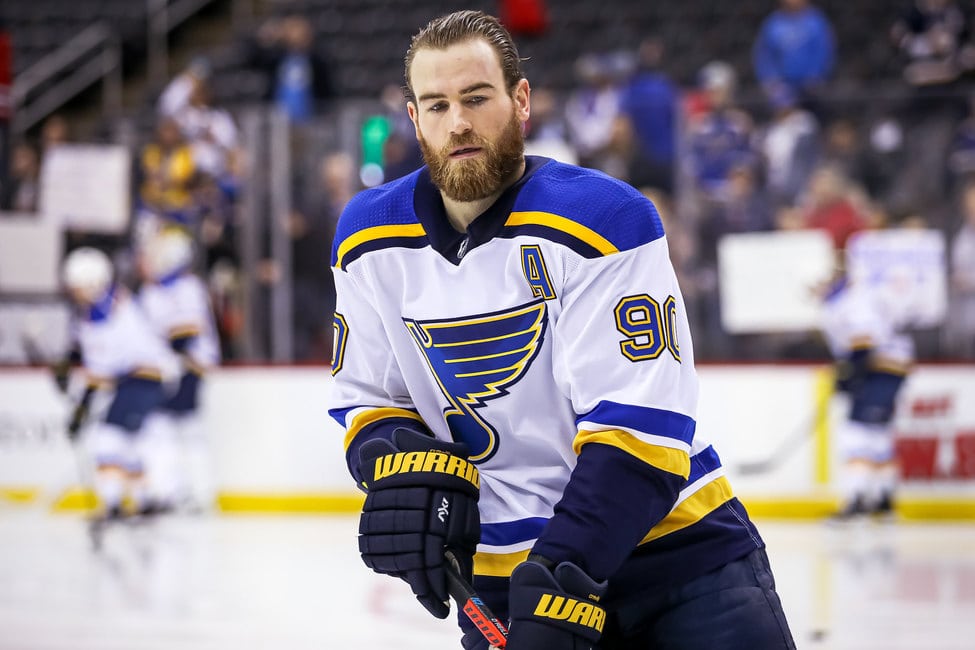After a few days of lengthy negotiations and multiple updates from NHL insiders noting the NHL and NHLPA were working on the final details of a new deal that would see them put pen to paper on a new CBA, it appears those negotiations are now complete. Pending ratification from the Board of Governors and NHLPA membership, everything is now set to go so that postseason games can begin on August 1.
The deal suggests the two sides have agreed upon a new six-year Collective Bargaining Agreement as well as ironed out all of the necessary Return to Play components required to begin the 24-team play-in, move on to a 16-team playoffs, and eventually crown a Stanley Cup Champion for the 2019-20 NHL season.
If an agreement is announced on Saturday; players will have 72 hours to vote, starting electronically as early as Monday. There are few details to iron out but fans should be excited about the prospect of hockey finally returning.
The press release from the NHLPA reads:
The National Hockey League (NHL) and National Hockey League Players’ Association (NHLPA) have reached a tentative agreement on a Return to Play Plan and Memorandum of Understanding (MOU) that adds an additional four years to the term of the current Collective Bargaining Agreement and includes transition rules and a new critical dates calendar. As part of the tentative agreement, the following dates have been established: July 13 start of formal training camps; July 26 Clubs travel to hub cities; August 1 start of Qualifying Round. The tentative agreement is now subject to approval by the NHL’s Board of Governors, as well as the NHLPA’s Executive Board followed by the full NHLPA membership. The respective review and approval processes will take place over the next few days and there will be no further comment until those processes are completed.”
Here are the important items the new CBA addresses:
Key Dates
Training camps (Phase 3) would open on July 13, and teams would have to arrive in their respective hub cities of Edmonton or Toronto by July 26. Games would begin on Aug. 1.
If those dates were met, the league believes it could award a Stanley Cup by the first week of October.
Phase 2 of the Draft Lottery would take place on Aug. 10 that would see one of the eight teams ousted from the play-in round win the right to draft Alexis Lafreniere. The NHL Draft would follow closely behind the Stanley Cup Finals in mid-October.
Free agency would take place starting on Nov. 1.
Opt-out Rules
Any player can opt-out of Return to Play this summer for any reason and suffer no penalty. It isn’t completely clear if a player who opts-out for reasons other than medical would be eligible to receive their share of the playoff pool.
The playoff bonus pool was bumped from $16 million to $32 million. For players who lose in the best-of-five qualifying round, they’ll receive $20,000 and the rates will go as high as $240,000 per player on the Stanley Cup winning team.
Salary Cap Implications
The salary cap’s upper limit will stay flat for 2020-21 at $81.5 million. It will stay there until hockey-related revenue returns to $4.8 billion.
If it hits $4.8 billion quickly, the new upper limit will be calculated from actual hockey-related revenue from two seasons ago, plus the projected HRR from the immediately prior season.
The rules pertaining to signing bonuses will not change and the NHL minimum salary will increase from $700,000 this season to $750,000 next season. It will rise to $775K for the 2024-25 season and $800K for the 2025-26 season. As Frank Seravalli writes:
For first time since 2005, #NHL rookies will be able to earn (slightly) more on their entry-level contract. Individual “A” Bonus maximum is slated to increase from $850,000 to $1 million.
Under the new deal, front-loaded long-term salary deals will no longer be permitted. Salary variability from the highest year to the lowest year will go from 50 per cent down to 35 per cent.
No-trade/No-move Clauses:
All no-trade and no-move clauses will travel with the player in the event of a trade, even if the player is traded before the clause kicks in. This means, if a player is dealt just days before his no-trade or no-move clause begins, the acquiring team cannot wipe out that clause and then trade the player at a later date, unless it does so under the terms of the original no-trade/no-move clause.
No European Waivers:
Players who play in Europe will no longer require waivers to come back to the NHL, provided they sign their NHL contract by Dec. 15.

The example for this given by TSN was Ryan O-Reilly. The Flames signed O’Reilly to an offer sheet in 2013 while he was holding out from Colorado in the KHL. If the Avalanche had not matched the offer sheet, O’Reilly would have had to pass through waivers before joining the Flames. He likely never would have made to Calgary.
Salary Deferrals
The players’ final paycheque from the 2019-20 regular season will not be played to the players but go to repaying their debt to owners. That number came in somewhere around $140 million USD. Players will also defer 10 per cent of both salary and signing bonus for the 2020-21 season,. This will be paid back in three equal installments in 2023-24, 2024-25 and 2025-26.
Olympic Participation Permitted
NHL players will participate in the 2022 Beijing Olympics and the 2026 Milan Olympics, pending negotiation with the IIHF and IOC.
Escrow Cap Breakdown
The escrow has been broken down in the following manner over the next six years.
- 2020-21: 20 per cent
- 2021-22: 14-18 per cent (TBD)
- 2022-23: 10 per cent
- 2023-24: 6 per cent
- 2024-25: 6 per cent
- 2025-26: 6 per cent
Catch up on all the latest NHL Rumors